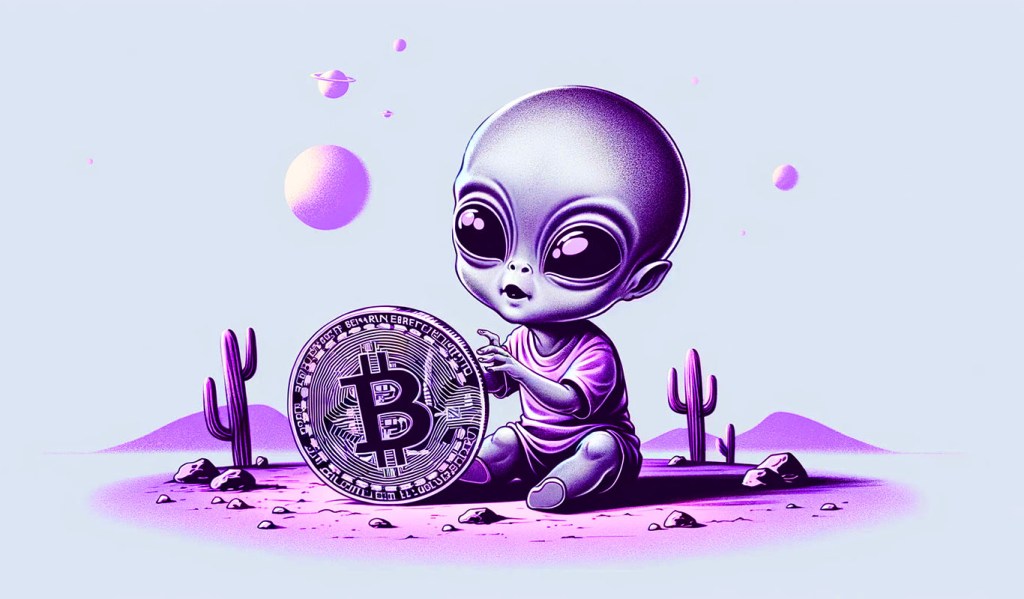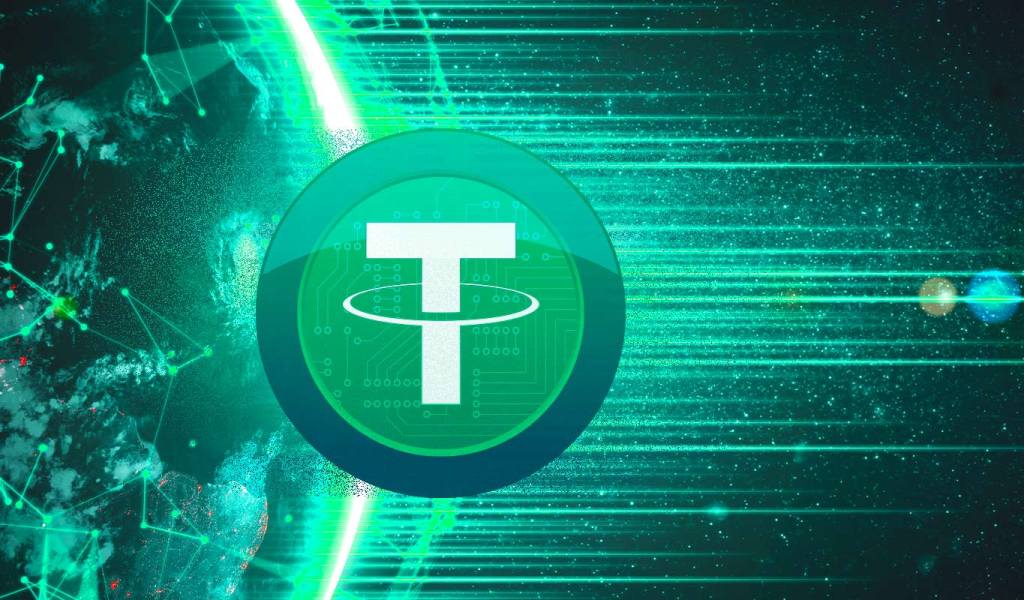
The Telegram-TON hookup opens up a broad spectrum of Web3 opportunities for Telegram’s 900 million monthly users, Pantera Capital said.
Pantera Capital has invested an undisclosed amount in The Open Network (TON). It is the crypto-focused venture capital firm’s “latest” investment in TON and motivated by its connection to the Telegram messaging service, the company said.
Telegram’s decision in April to incorporate TON gives TON “potential to become one of the largest crypto networks,” Pantera said in a long and enthusiastic blog post on its website. Telegram, with its 900 million monthly users and 36.7 million monthly downloads, “is well positioned to bring crypto to the world because of its shared Web3 ethos.”
In a laundry list of TON’s virtues, Pantera said the architecture of the TON blockchain provides performance and scalability that compares favorably with leading blockchains, and its wallet offers high utility with a simple interface.


















